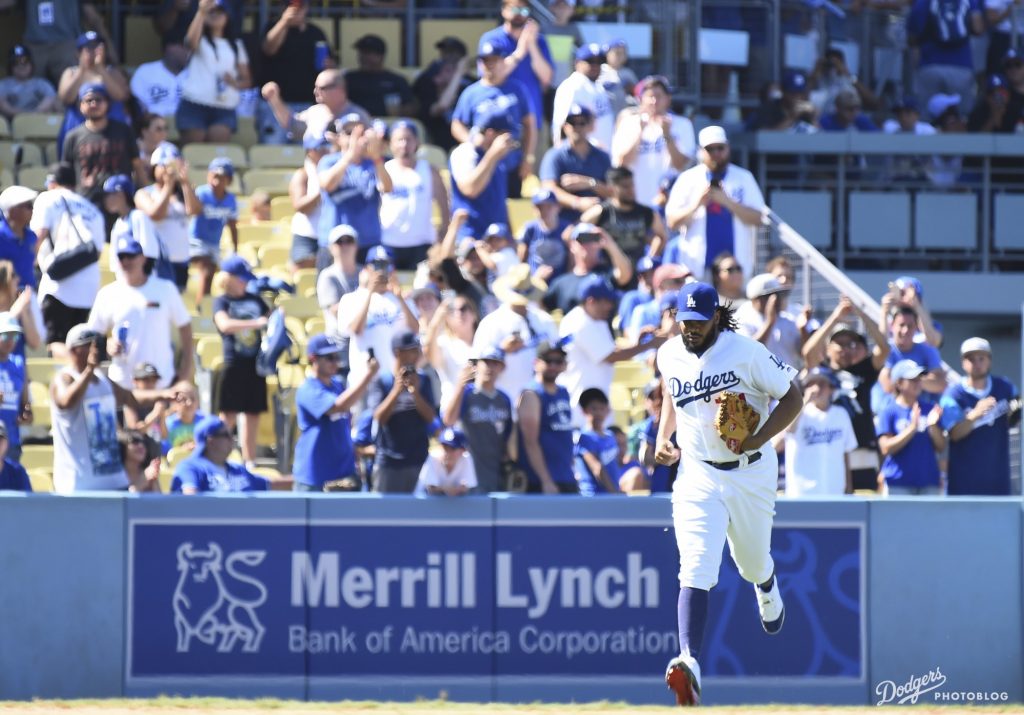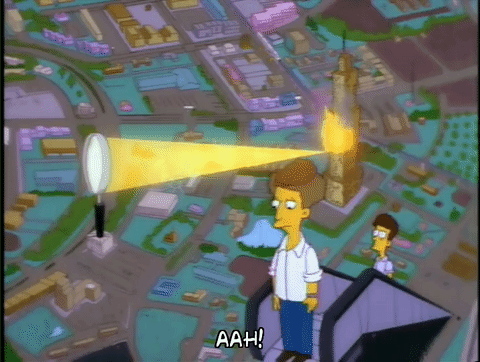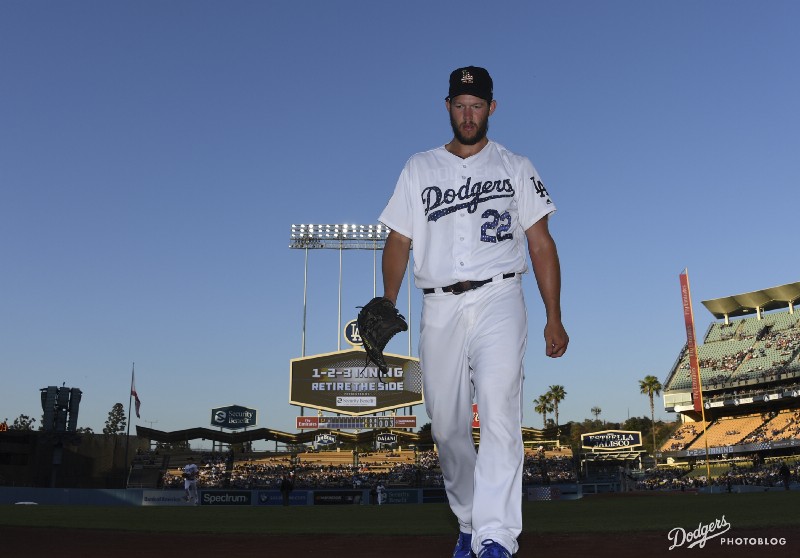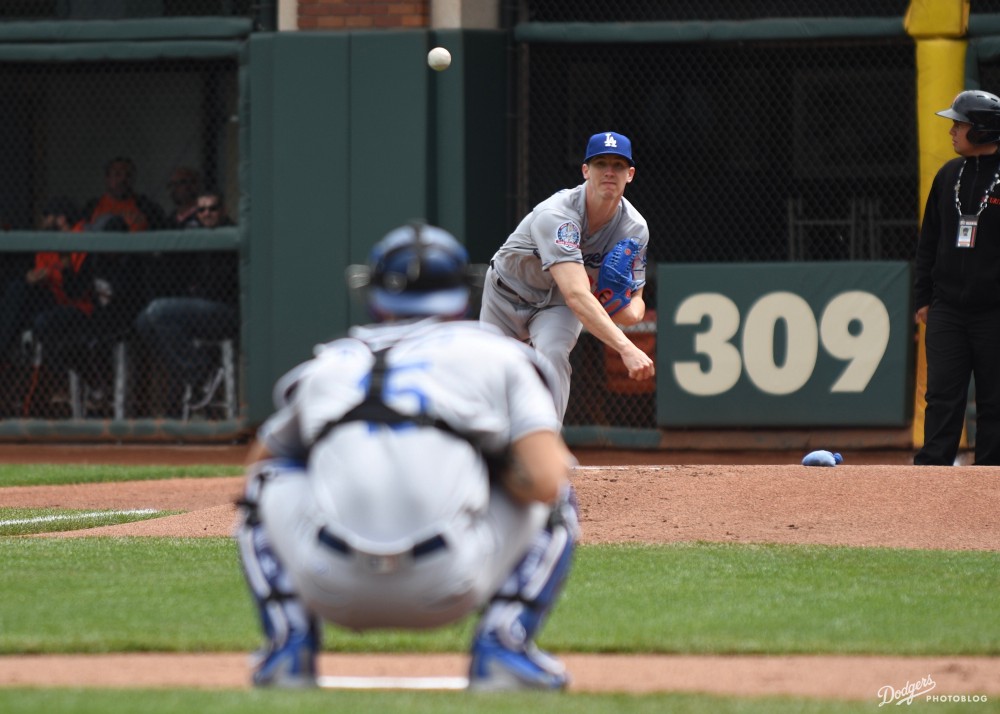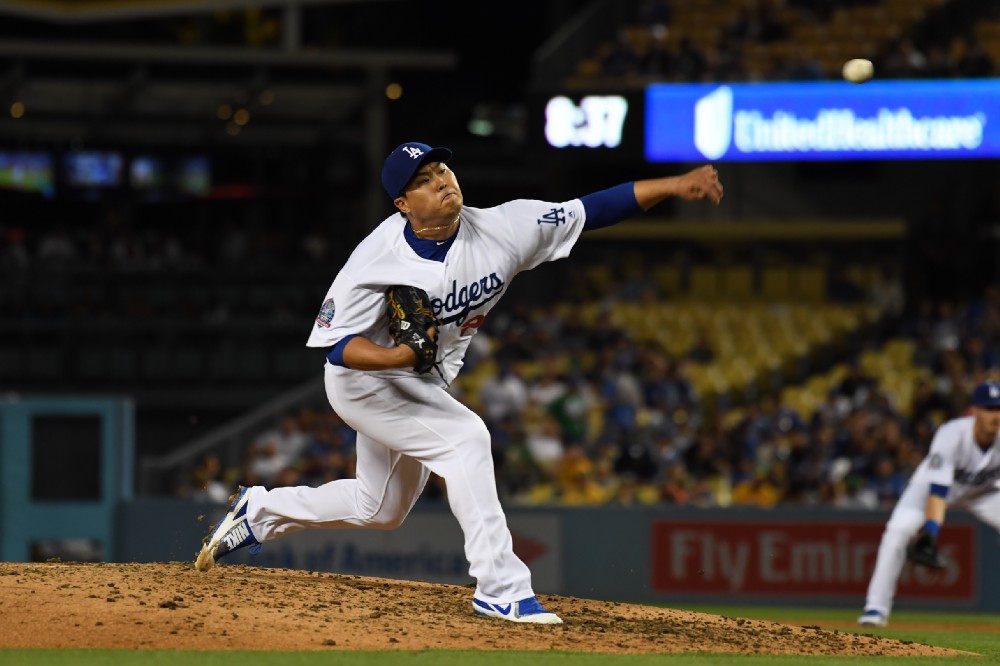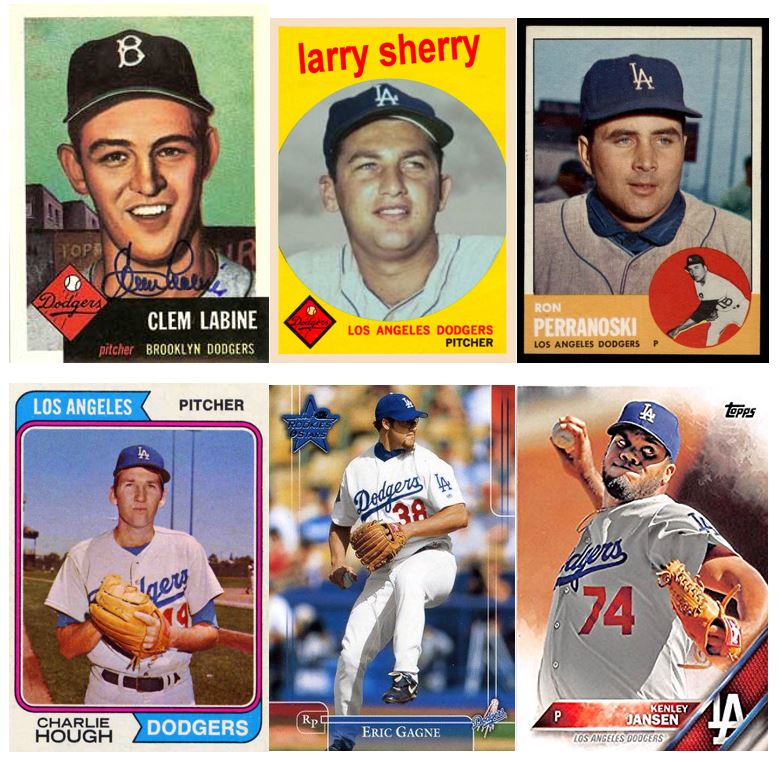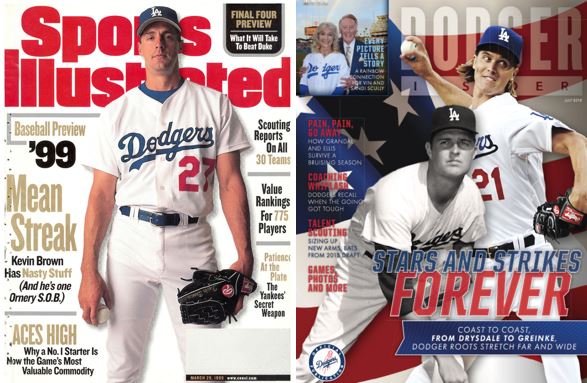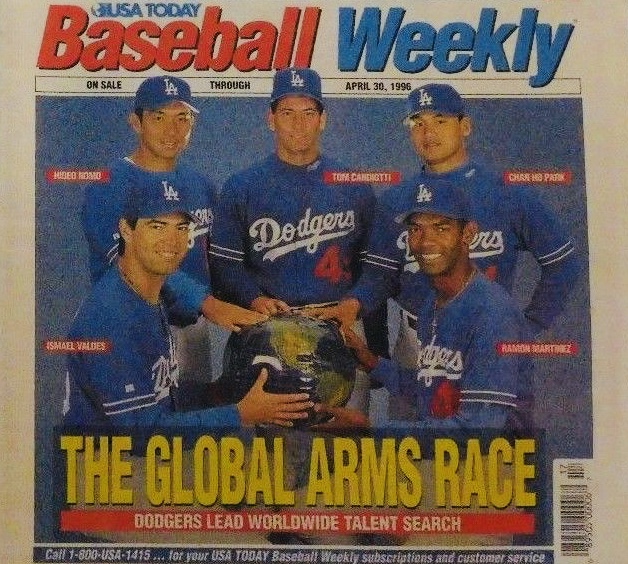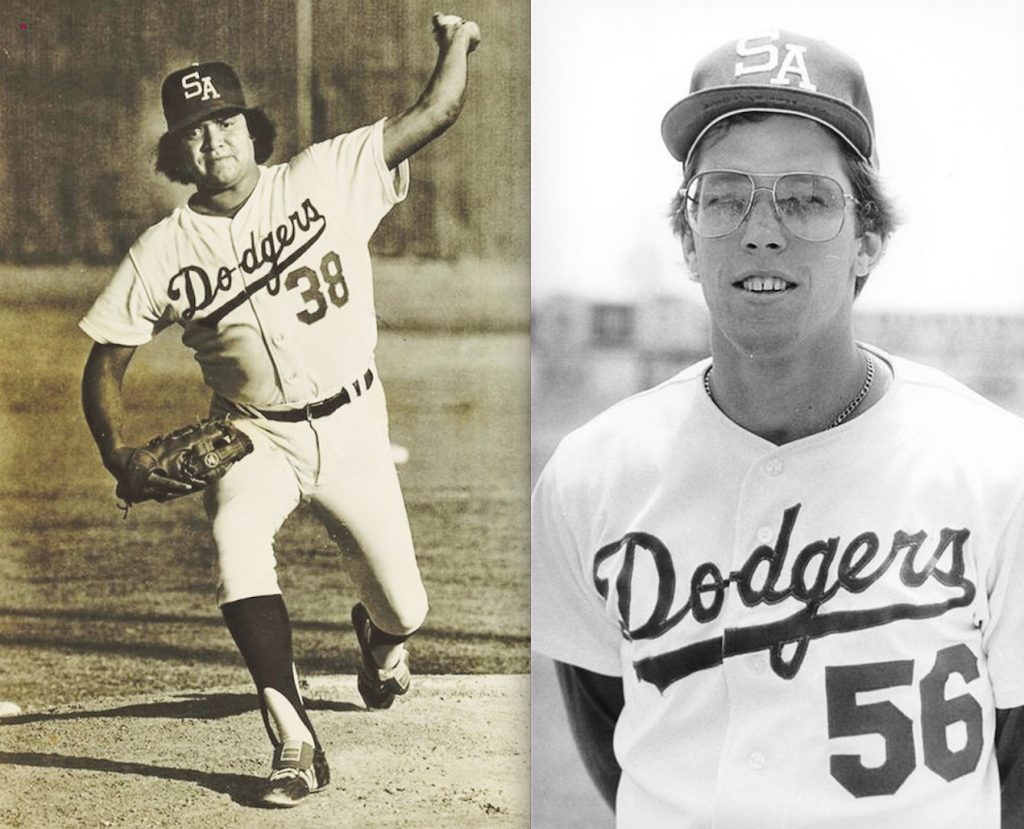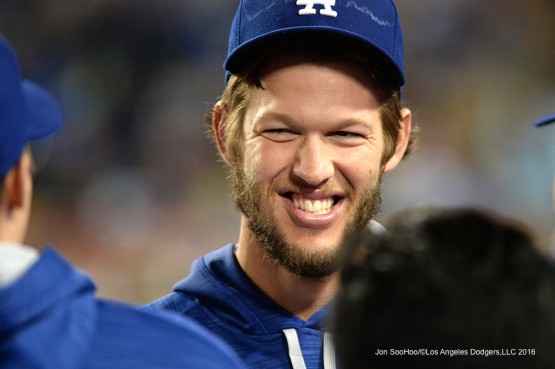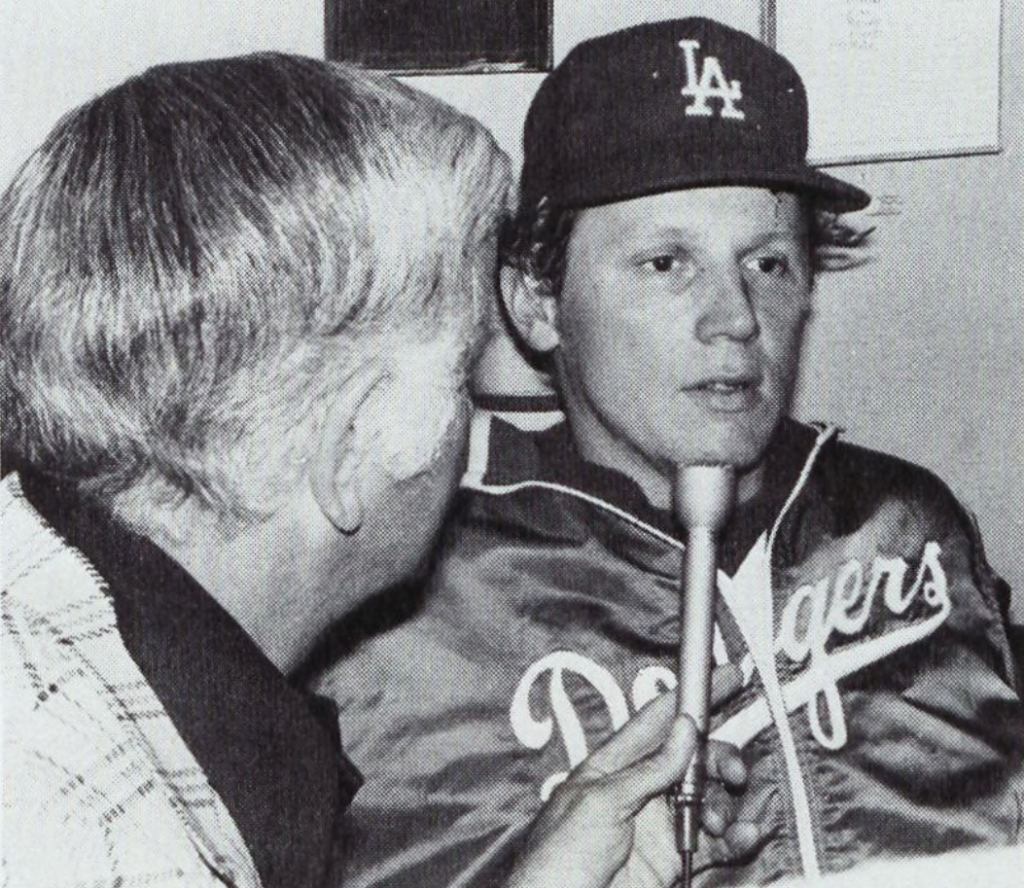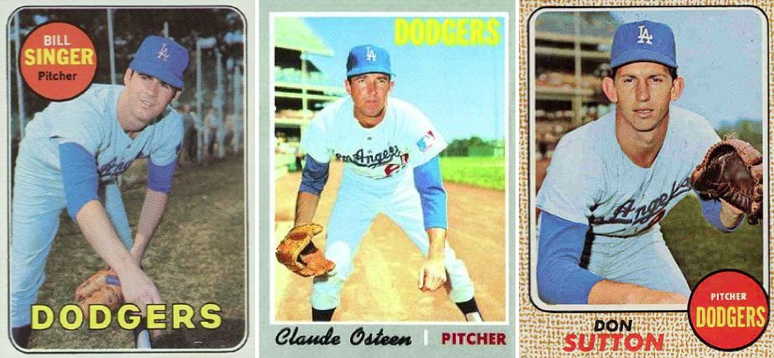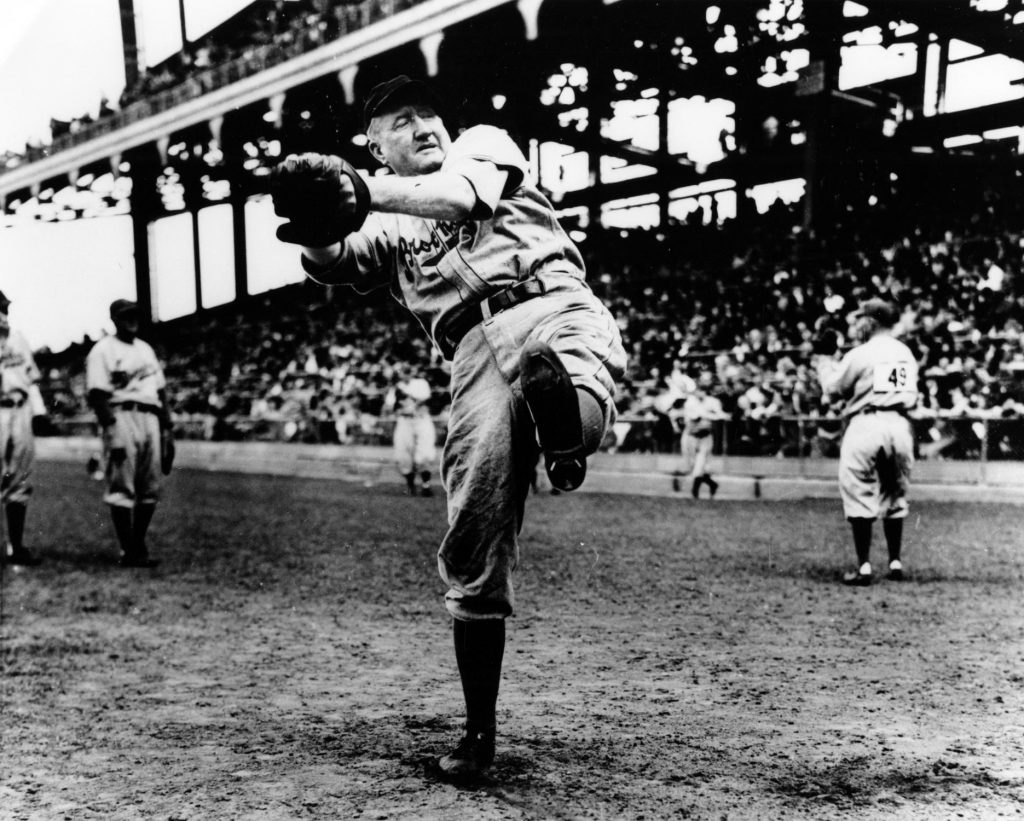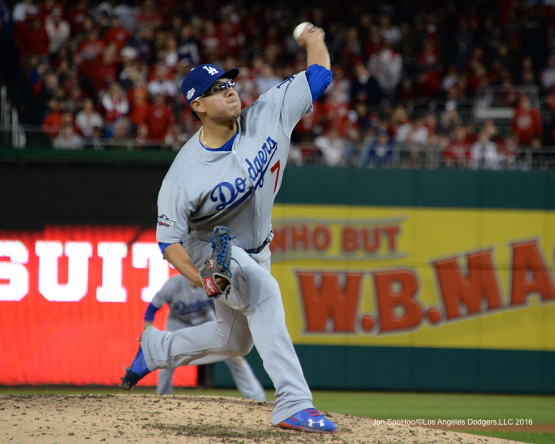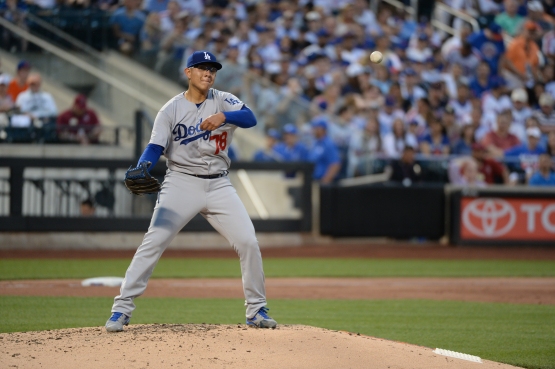
Jon SooHoo/Los Angeles Dodgers
By Jon Weisman
Julio Urías has pitched 79 innings in the big leagues this year, including the postseason. He has allowed 119 baserunners, many of whom stood on first base with an opportunity to steal second. He picked off seven of those batters.
During those innings, 16 different umpires have worked behind home plate, with several more of their colleagues working the bases.
Not one of those umpires has called Urías for a balk.
[mlbvideo id=”1206079383″ width=”550″ height=”308″ /]
That’s really the only point I care to make here. I’m not here to argue whether Urías’ pickoff move, which is rapidly gaining notoriety (or depending on your point of view, infamy) is a balk or not. Personally, I think the balk rule, with its 3,981 different qualifiers, is so arcane as to be a joke. The infield-fly rule, by comparison, could hardly be more clear: runners on first and second, fewer than two out, pop fly, fair territory, umpire calls the batter out automatically.
Ever since Urías showed his pickoff move on the big stage in the National League Division Series — even earning nicknames such as “The Drifter” from Fox Sport 1’s announcers — there have been widespread critiques.
Cubs manager Joe Maddon, whether speaking sincerely from the heart, working the refs or both, laid it out Tuesday afternoon.
“When you get to see it on TV, it’s pretty obvious,” Maddon said. “It’s not even close. It’s a very basic tenet regarding what is and what is not a balk. Give him credit, man, for going through with it. That’s part of the game. I think from umpire’s perspective, there are certain umpires that are in tune to that, some that are not. There are other balks that I always get annoyed with that aren’t called. So I’m certain that the umpiring crew has been made aware of it. … That’s not an interpretation. That’s balking 101 for me. So we’ll see. We’ll see how it all plays out.”
Except Maddon is wrong in one fundamental way. It’s not obvious. It is close.
So far, a couple dozen or more Major League umpires over the past five months have had a look at every move Urías makes. Conservatively speaking, Urías has thrown to first base at least 100 times. And the umps, all of whom seem to have different strike zones, different umpiring styles, different relationships with players and managers, have been unanimous. Urías hasn’t balked.
Read More
